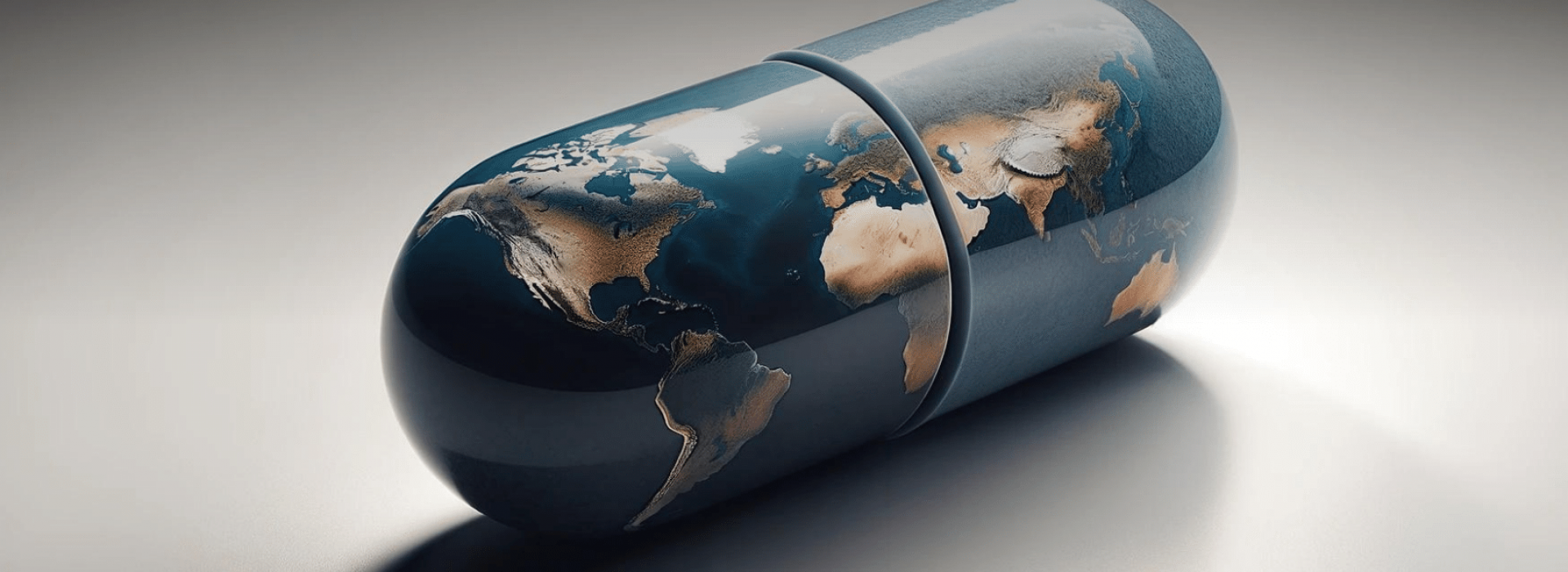The global health landscape is increasingly challenged by the rise of counterfeit medications. Far from being just a financial problem, these illicit drugs pose significant health hazards and broadly destabilize the foundation of healthcare systems internationally.
Understanding Counterfeit Medications
Counterfeit medications are unauthorized replicas of genuine drugs, which can include not just incorrect or harmful ingredients but also simply just water, especially in vials. These substances lack the therapeutic efficacy of their legitimate counterparts, exacerbating health conditions by failing to provide appropriate treatment. Moreover, this exposes patients to potentially toxic substances, further endangering their health and safety. The global market for counterfeit pharmaceuticals was estimated to be worth $200 billion annually, making it one of the most lucrative sectors of the global trade in illegally copied goods, according to the International Federation of Pharmaceutical Manufacturers & Associations (IFPMA).
The World Health Organization (WHO) has identified that roughly 1 in 10 medical products in low- and middle-income countries is either substandard or falsified. These counterfeit products span a wide range of medical categories, including critical medications like anti-malarial and antibiotics. The WHO also reports that counterfeit medication is responsible for the deaths of an estimated 1 million people annually worldwide.
A Global Concern
Despite having one of the safest drug supplies in the world, even the United States is not immune to the counterfeit drug issues. The FDA emphasizes that illegal online pharmaceutical sales are a primary conduit for counterfeit medicines entering the American market. The National Association of Boards of Pharmacy (NABP) reported that out of thousands of online pharmacies reviewed, over 95% do not comply with legal and safety standards, posing a significant risk for consumers seeking medication online. This digital loophole poses significant challenges to regulatory and enforcement agencies. The Centers for Disease Control and Prevention (CDC) has observed a concerning trend in drug overdose deaths linked to counterfeit pills. These counterfeit pills, often laced with potent substances like fentanyl, have contributed to a sharp rise in overdose fatalities.
Countries such as Brazil, Argentina, and Colombia have reported significant seizures of counterfeit drugs, highlighting the widespread nature of this problem. These illicit medications range from fake versions of popular painkillers to counterfeit treatments for life-threatening conditions like cancer and heart disease. The open borders and varied regulatory standards across South American countries facilitate the entry and distribution of counterfeit drugs, complicating efforts to curb their spread.
Asia faces a unique set of challenges in the fight against counterfeit medications, partly due to its vast size, population diversity, and disparities in healthcare infrastructure. Countries like China and India, with their large pharmaceutical industries, are both significant sources and victims of counterfeit drugs. These counterfeit medications not only undermine public health but also damage the reputation of legitimate manufacturers. The region has seen everything from counterfeit antivirals and antibiotics to fake vaccines, especially during the COVID-19 pandemic, which has exacerbated the problem. Efforts to tackle this issue in Asia include stricter regulatory measures, cross-border collaboration, and the adoption of advanced technologies for drug verification and tracking. However, the sheer scale of the counterfeit drug trade in Asia demands continuous and coordinated efforts at both national and international levels to protect consumers and ensure the safety of the pharmaceutical supply chain.
Europe also grapples with the complexities of counterfeit drugs, although the prevalence is lower compared to other regions, thanks to stringent regulatory frameworks and effective enforcement. However, the rise of online pharmacies has opened a new front in the fight against fake drugs, with European consumers at risk of purchasing counterfeit medications from illegitimate websites. The European Union has implemented several measures to safeguard the pharmaceutical supply chain, including the Falsified Medicines Directive (FMD) and the European Medicines Verification System (EMVS), which aims to ensure the authenticity of medicinal products. Despite these efforts, the problem persists, with incidents of counterfeit cancer medications, antibiotics, and erectile dysfunction pills being reported in various European countries. Collaboration between national regulatory agencies, healthcare providers, and the pharmaceutical industry is crucial to addressing the issue, along with continued public education on the risks of buying medicines from unverified sources.
A Beacon of Hope
Combating counterfeit medications demands a multifaceted approach. Strengthening international cooperation, enhancing regulatory frameworks, and raising public awareness are critical steps. Technological innovations, including sophisticated drug authentication methods, can play a pivotal role in identifying and eliminating counterfeit drugs from the market.
The counterfeit medication crisis is a complex and pervasive challenge with far-reaching implications for global health. To effectively mitigate its impact, concerted efforts are required from governments, healthcare providers, regulatory agencies, and the public, alongside advanced technologies like the Digital Forensic Lab developed by TrueMed. TrueMed’s innovative AI-powered solutions play a crucial role in this battle, offering effective tools for detecting counterfeit medications. By uniting in this fight, leveraging both policy and technological advancements, we can strive to protect public health and maintain the integrity of the global pharmaceutical supply chain.
Sources:
World Health Organization: Substandard and falsified medical products https://www.who.int/news-room/fact-sheets/detail/substandard-and-falsified-medical-products
U.S. Food and Drug Administration: Counterfeit Medicine https://www.fda.gov/drugs/buying-using-medicine-safely/counterfeit-medicine
Centers for Disease Control and Prevention: Drug Overdose Deaths with Evidence of Counterfeit Pill Use — United States, July 2019–December 2021 https://www.cdc.gov/mmwr/volumes/71/wr/mm7114a1.htm
UK Government: Counterfeit medicines: what pharmacists should know https://www.gov.uk/government/publications/counterfeit-medicines-what-pharmacists-should-know


